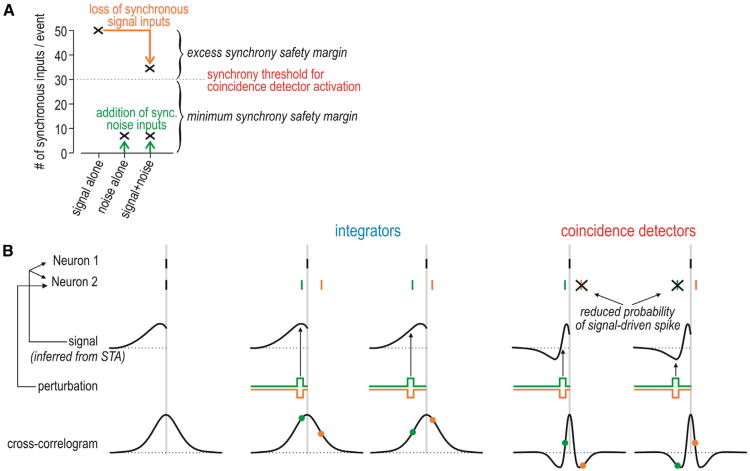Figure 7. Robustness of Synchrony Transfer to Noise.
(A) Graph depicts synchronous input to a hypothetical postsynaptic coincidence detector that requires 30 synchronous inputs for activation. Without noise, the signal coactivates 50 presynaptic neurons. This means that up to 20 synchronous inputs could fail to occur (e.g., because of the effects of noise) without compromising activation of the postsynaptic neuron—this constitutes the excess synchrony safety margin. On the other hand, noise would have to coactivate at least 30 presynaptic neurons in order to activate the postsynaptic neuron, which is unlikely—this constitutes the minimum synchrony safety margin. The former safety margin reduces false negatives, whereas the latter reduces false positives with respect to correctly detecting the input signal. Integrators, by definition, have a lower synchrony threshold, which implies a smaller minimum synchrony safety margin.
(B) If two neurons spike more synchronously than expected by chance, they probably receive common input (signal) and we can infer the shape of that input based on the STA. Furthermore, if one neuron spikes, the CCG tells us the probability that the other neuron will spike. If neuron 2 receives a brief perturbation, its spike (shown in the same color as the perturbation) is jittered relative to the spike in the other neuron. In an integrator, because the CCG peak is so broad, a jittered spike will still tend to fall near the peak of the CCG (as shown by colored dots). In a coincidence detector, by comparison, even moderate jittering can shift the timing of the anticipated spike such that it coincides with one of the troughs surrounding the narrow peak of the multiphasic CCG, which implies that the probability of spiking falls to below-chance levels and that the spike will probably be “lost.” Thus, the spike initiation dynamics that are characteristic of coincidence detectors implement a quality control mechanism, wherein precision is maintained at the expense of reliability. The CCG troughs also ensure that tightly synchronized spikes are clearly distinguishable from asynchronous spikes because the probability of loosely synchronized spiking is very low.

